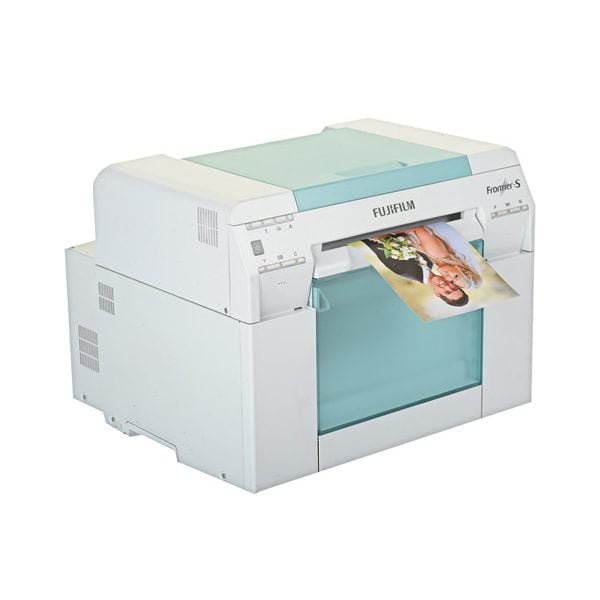These days, you don’t need an expensive, industrial-sized printer to produce high-quality digital photographs. In truth, most modern photo labs and photo minilabs use the same printing process for professional and family photographs. What we call fujifilm digital minilab may be found in the photo sections of many stores, pharmacies, and even certain supermarkets and department stores.
There has been an odd development in the history of Fujifilm cameras, wherein some models have begun to have controls simplified or even eliminated. You lost four tactile buttons when the D-Pad was removed from the X-T30. Focus switches (S/C/M toggles) have been removed from the bodies of other newer models after then. The uniqueness of Fujifilm cameras can be attributed to these features.
How exactly does one use a fuji frontier?
The Fuji Frontier can function as a digital minilab or wet-processing machine. Prints are made from digital files using a variety of technologies. Digital picture files, such as JPEG and TIFF, can be scanned and printed directly from the system. Besides, it employs cutting-edge RIP (Raster Image Processor) technology for printing of the best quality. By tapping into the printer’s color management system, RIP software makes digital image files more suitable for printing.
In addition, the Fuji Frontier machine has built-in color management and adjustment technologies, guaranteeing consistently accurate colors in every print. The system’s high-resolution laser produces crisp lines, subtle gradients, and vibrant colors from digital image files. Once the prints have dried, they can be trimmed, mounted, and packaged mechanically.
How does the digital minilab function?
Digital minilabs offer a comprehensive digital printing solution for photography and related services. A standard darkroom has a digital printing station, a conventional photographic processor, and a scanner and image software. The minilab’s imaging program receives scanned images, which can be altered and printed. After that, you use the photographic processor to develop the prints. Chemical baths are common in this process, which may entail retouching and duplicating photographs. The prints are shipped to the client as soon as they are completed.
MiniLab eliminates human error associated with manual compounding and automates the manufacture of individualized medicines, resulting in consistent, safe, and effective medications.




